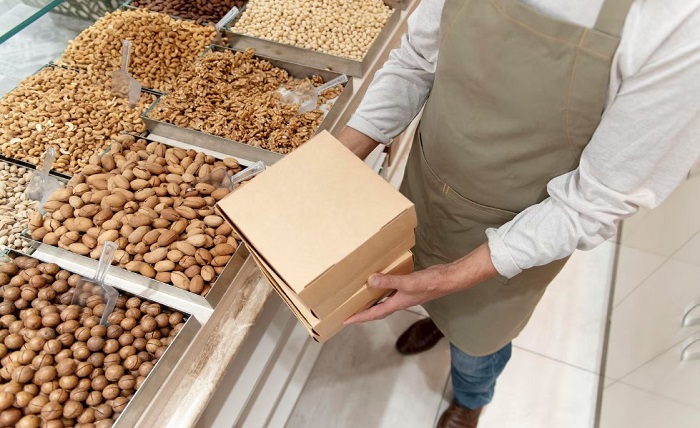Product packaging is often the first encounter many people have with the food products they purchase. However, packaging should also protect and preserve their food products and provide customers with the information they need to know about these products. Therefore, many manufacturers have chosen unique packaging solutions, such as custom frozen food packaging and minimalist designs. These are some industry trends that could provide opportunities for growth.
Space Efficient Packaging Solutions
Many food manufacturers and processors choose customized options, such as custom printed mylar bags, that come in specific sizes and with special labeling options. Many of these packages stand on end so the customer can see all the details and the store can save space. They also use space-efficient filling materials and optimized layouts. These packages are the exact right size for the products they protect.
Packaging that Reduces Food Waste
Many food manufacturers seek packaging that protects food from damage. These products reduce moisture, maintain temperature, control air exposure and prevent physical damage. These foods have longer shelf lives because they reduce spoilage, reducing restocking and waste. Some of these technologies include vacuum packing and cushioning materials to protect fragile foods, such as eggs. Clear labels also help customers and stores identify expiration dates and food preparation instructions.
Packaging also comes in specific portion sizes so customers don’t have to cook so much food at once, preventing food waste, reducing overconsumption and increasing portion control. Also, resealable repacking packaging enables consumers to use some and effectively store the rest of the food in the package.
Eco-Friendly/Sustainable Packaging
Today’s most prominent businesses have implemented sustainability goals within their organizations. Consumers have also become more conscientious about waste, so they seek out eco-friendly and sustainable packaging. For example, some manufacturers make packaging out of biodegradable materials, such as cardboard or plant-based plastics. They also make fully recyclable packaging. Consumers can also reuse many product packages.
Story-Driven Packaging
Customers have become more and more interested in learning about and developing relationships with companies. Therefore, many companies have changed their labeling process to include information about the brand’s story. They may use QR codes that customers can scan to learn more, or they may have part of their stories written right on the packaging.
These QR codes also provide manufacturers with valuable data about their customers, including their preferences, purchase frequency and locations. These codes also encourage engagement, including customer reviews.
Minimalist Packaging
Package designs have become more minimalist. Customers don’t always want loud colors and clutter on their products. Instead, they want to know what it is, what it provides and how to use it. They want clear, concise expiration dates, product information and instructions. Therefore, many food manufacturers have adopted minimalism in their labeling and packaging. These designs are simple, clean and elegant, but they are also cheaper than traditional packaging.
Although vintage packaging still works for many companies, others have started adopting new strategies, including seeking out an innovative packaging printing company. These trends present food manufacturers with valuable opportunities to connect with their customers and pursue new market growth.


